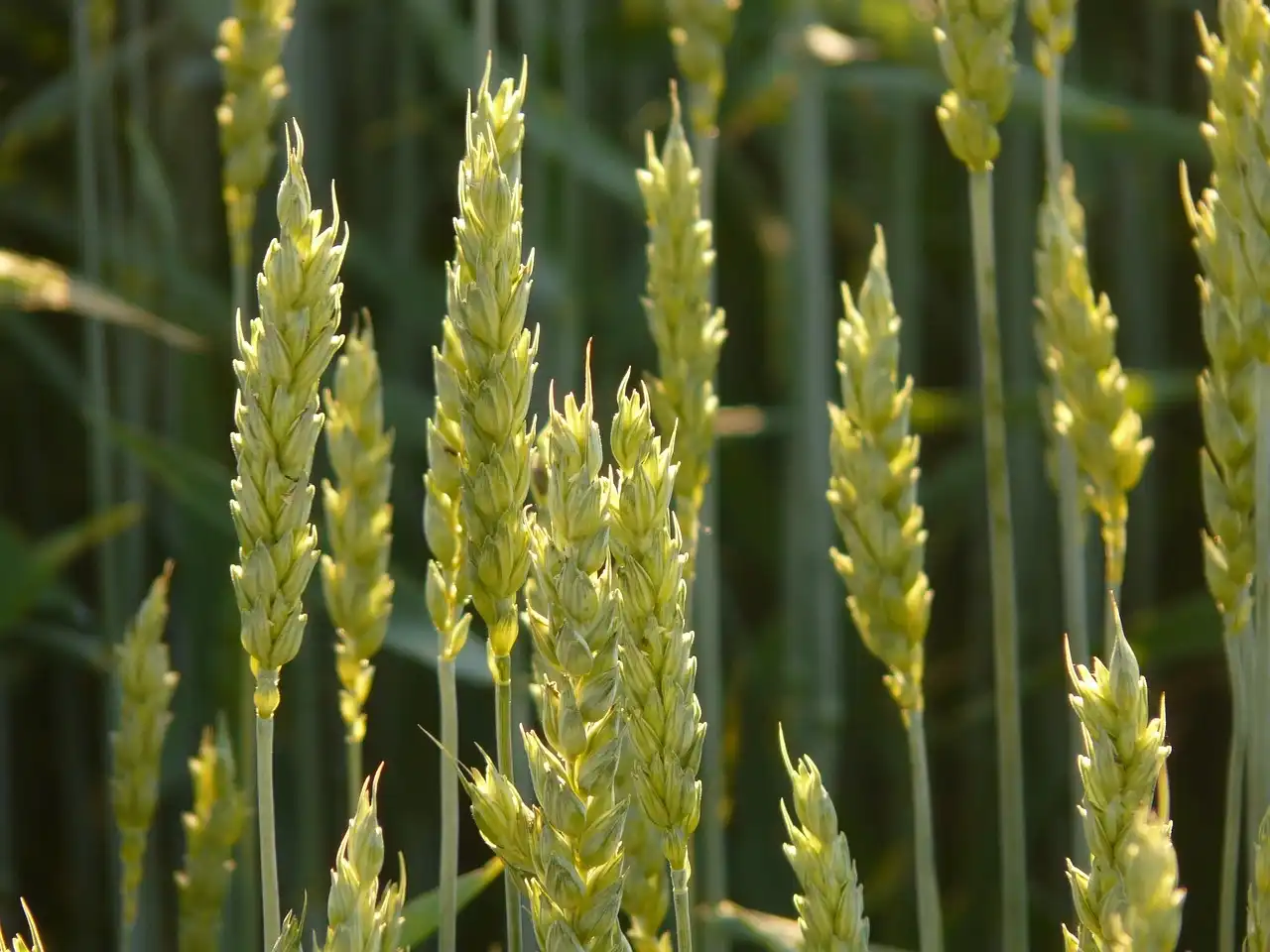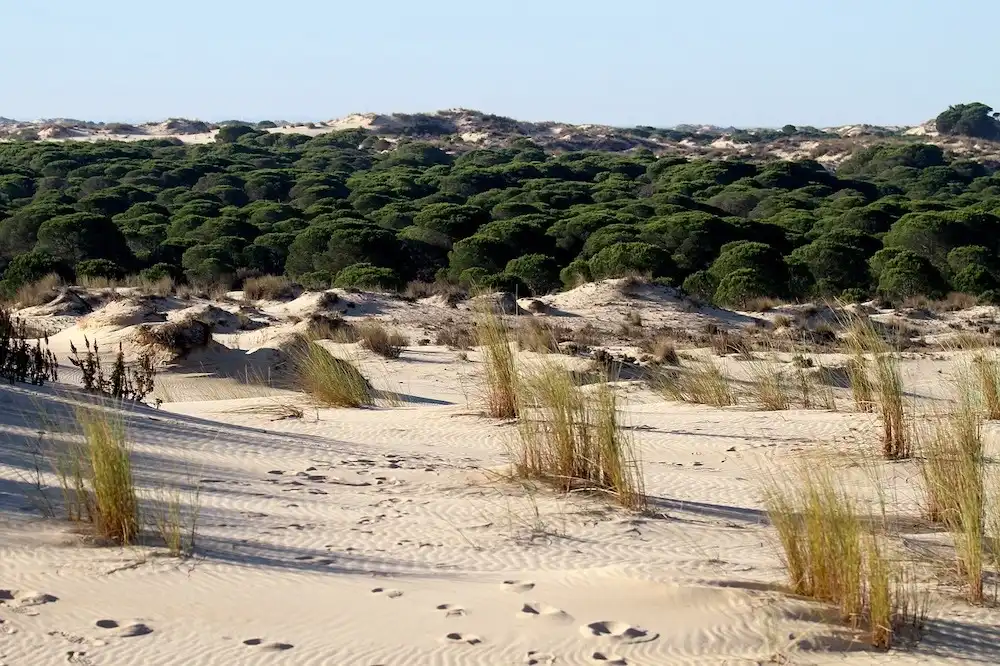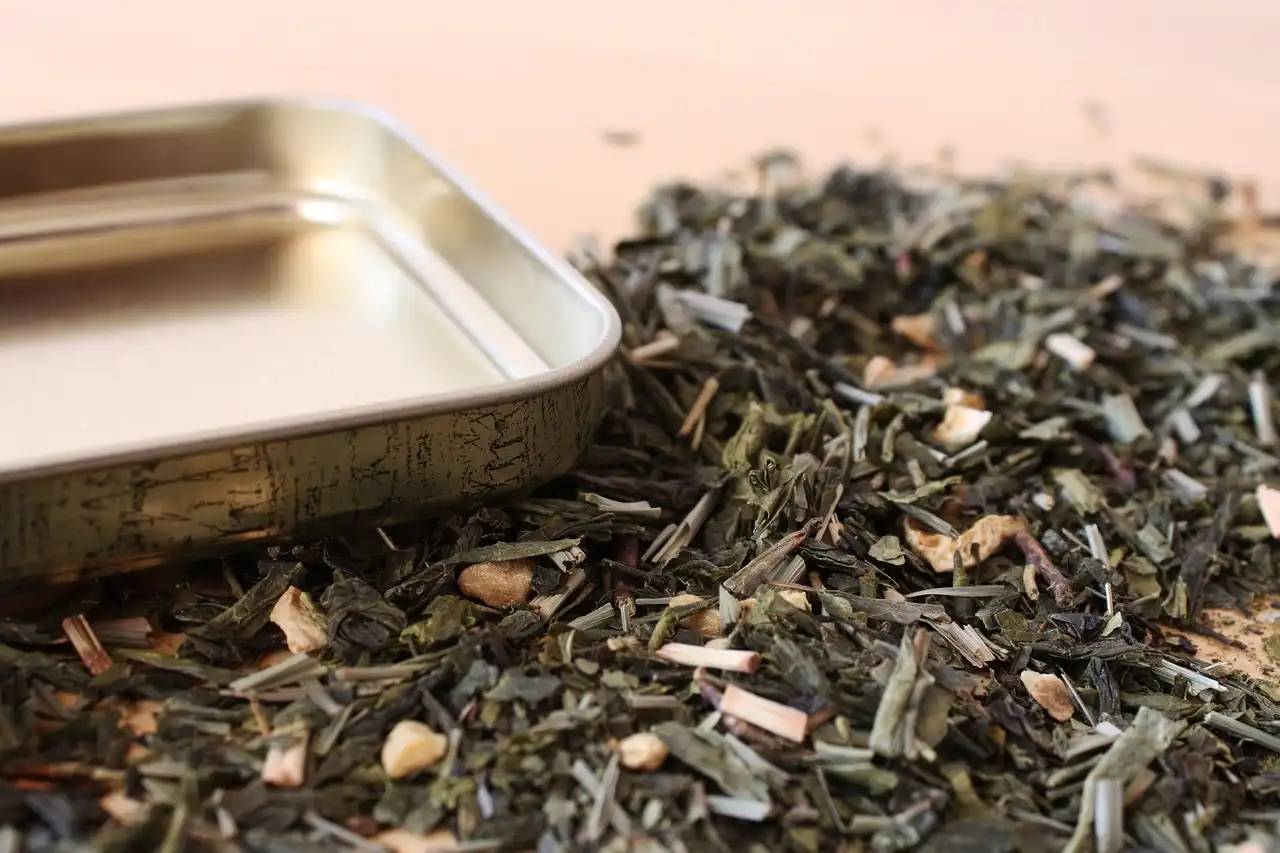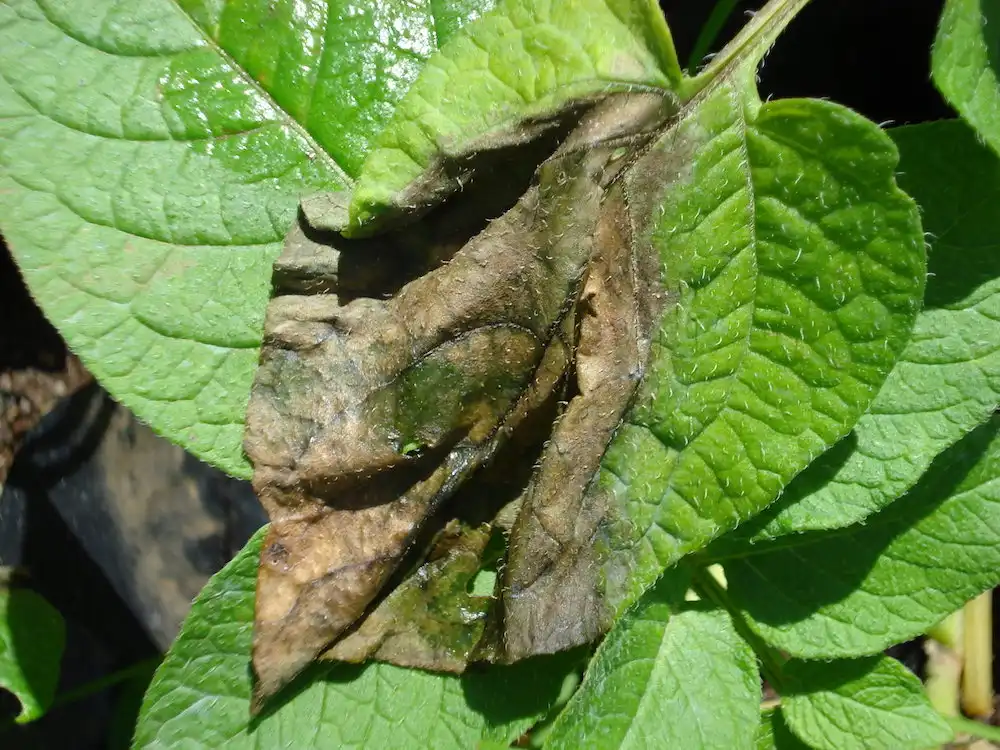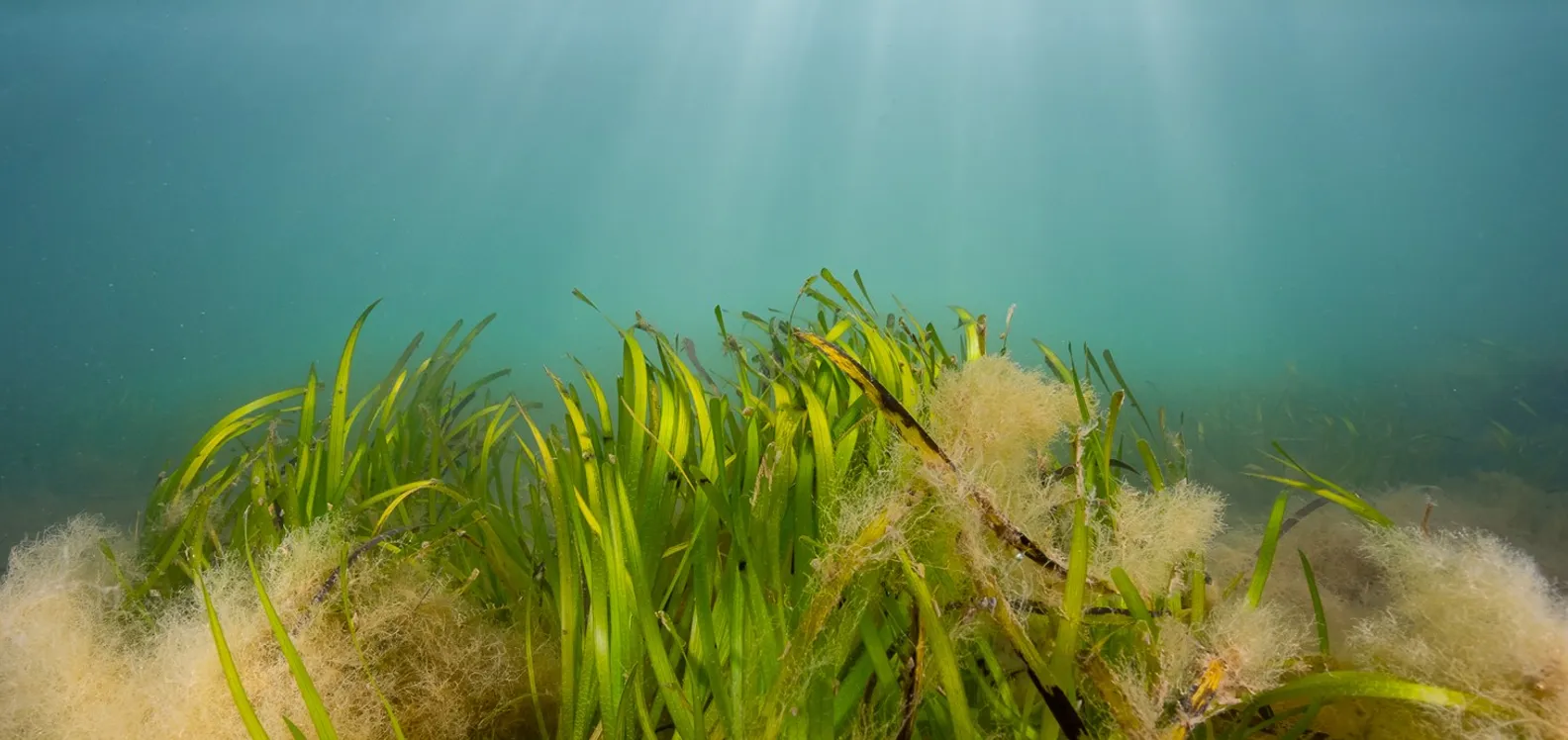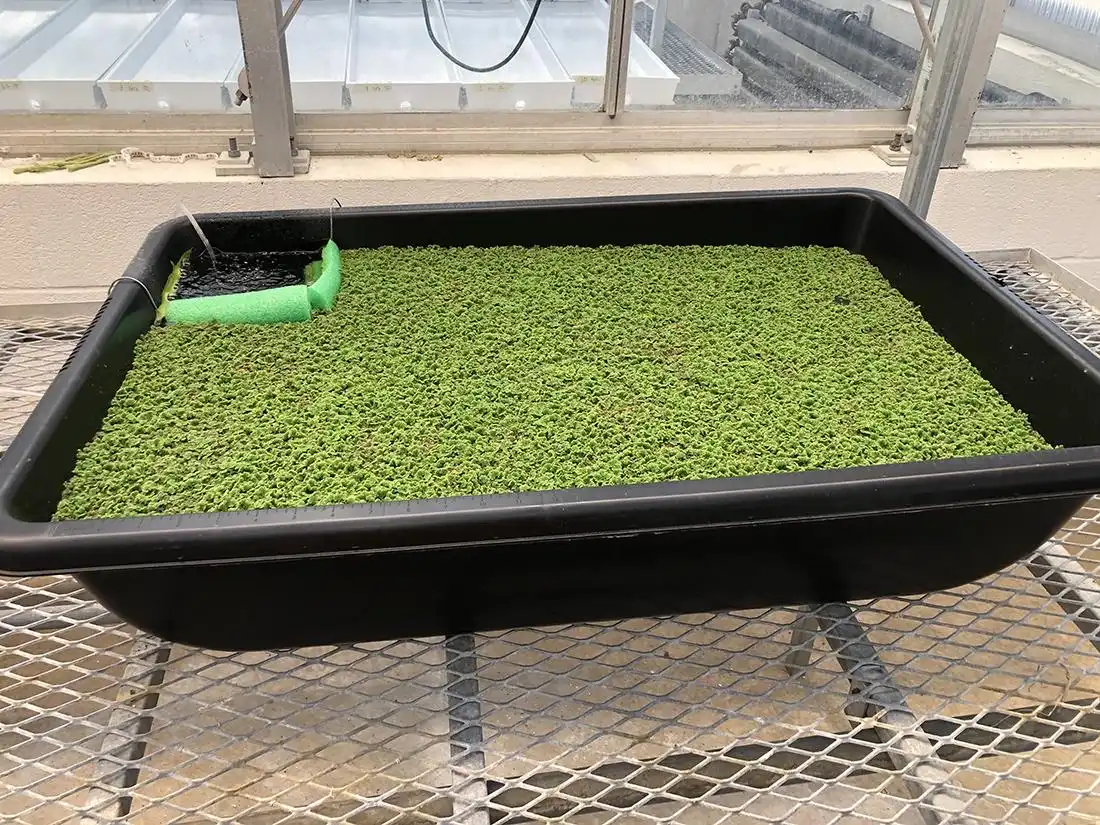
Researchers have uncovered the potential of a common water fern, “Azolla caroliniana” Willd, to alleviate food insecurity. This fast-growing plant, rich in nutrients, could serve as a crucial food source during disasters. With low phenolic content and various cooking methods, it offers digestible nutrition for humans and livestock alike.


